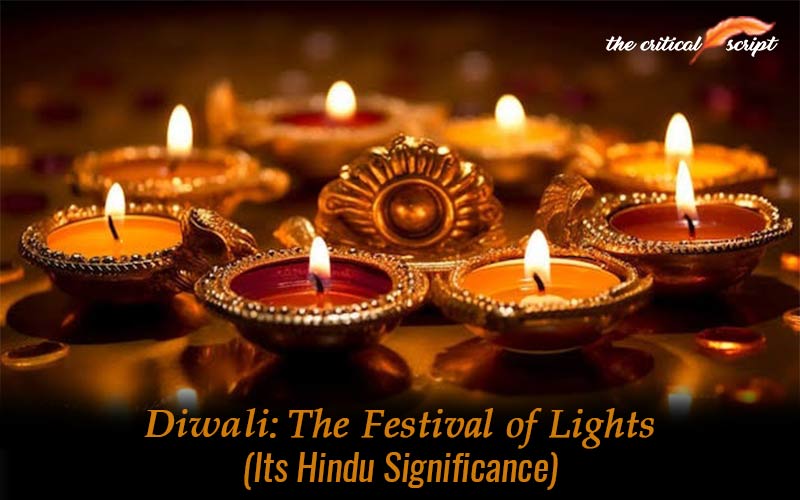
Diwali: The Festival of Lights (Its Hindu Significance)
The word
"Diwali" in Hindi originates from the combination of "dīpā"
meaning 'lamp' and "vali" meaning 'row,' derived from the Sanskrit
term "dīpāvali," which translates to 'row of lights.' It is a
festival of light that celebrates the triumph of light over darkness, good over
evil, and knowledge over ignorance. It is celebrated with great pomp and
enthusiasm throughout India, with people cleaning and decorating their homes to
welcome the Goddess Lakshmi and bestow prosperity. Rangolis, candles, diyas,
and wire lights, among other decorations, are used to symbolise the triumph of
light over darkness. People dress up in new costumes, exchange gifts with family
and friends, and let off various sorts of fireworks. The objective of lighting
fireworks is to scare off evil spirits with the sounds of the crackers and to
celebrate the triumph of good over evil.
Why is Diwali celebrated?
The
majority of people who celebrate Diwali are Hindus, as the holiday has
significant Hindu mythological meaning. But the festival is open to everyone
and is not restricted to any one group of people. Over the course of the five
days of the celebration, each day has its own ceremony, story and significance.
There are numerous myths about the origins of Diwali, despite the fact that the
festival is actually celebrated to symbolise the triumph of virtue over evil
and light over darkness.
Legend 1. Return of Lord Rama, Sita and Lakshmana:
This
legend is the most widespread origin of Diwali, told through the Ramayana (one
of the longest ancient Hindu epics).
The
righteous and noble Prince Rama, along with his faithful brother Lakshmana and
wife Sita, were banished from the ancient kingdom of Ayodhya for a period of 14
years by King Dasharatha. Their exile was marked by a number of hardships. As
fate would have it, the demon king Ravana kidnapped Lord Rama's adored wife
Sita, sparking a mission to find her. In order to save her, Rama set out on a
treacherous expedition towards Ravana's kingdom in Lanka (now Sri Lanka) with
the help of his faithful brother Lakshmana, the devout monkey deity Hanuman,
and an army of monkeys, creating Rama Setu. He fought Ravana valiantly with the
aid of Hanuman and the crowd of loyal monkeys. Rama defeated Ravana in a bloody
battle and saved Sita.
The
demon king was defeated by Rama in the pivotal battle, signifying the triumph
of good over evil. A row of earthen lamps lit the path as Rama, Sita, and
Lakshmana made their way back to Ayodhya. With great joy, the people of Ayodhya
welcomed back their rightful heirs and illuminated the kingdom with innumerable
lamps to chase away the darkness that had enveloped it during Rama's
banishment.
The
tradition of the Diwali festival, which is celebrated with lamps, fireworks,
and a spirit of triumph, symbolising the enduring victory of righteousness,
began with this radiant homecoming and the victory of light over darkness.
Legend 2. Return of Pandavas and Draupadi:
The longest
epic in history, the Mahabharata, is the source of another well-known but not
as popular legend. Even though the Mahabharata doesn't specifically explain
when Diwali began, it is linked to another important story in the epic—the
Pandavas' return from exile, along with their wife Draupadi. The Pandavas
finished their exile after twelve years in the forest and a year in hiding.
The
Pandavas came out of hiding on the day of Kartik Amavasya, which is the new
moon day in the month of Kartik, and lit oil lamps to drive away the darkness
that had enveloped them during their years of banishment. Overjoyed by the
Pandavas' return, the people of Hastinapura lavishly celebrated the event by
lighting up their city with lamps.
One of
the historical occurrences connected to the Diwali celebration is the symbolic
lighting of lamps. The connection between Diwali and the Pandavas' return, even
though the Mahabharata doesn't specifically explain how the festival came to
be, gives the celebration a deeper cultural and historical significance.
Legend 3. Victory of Goddess Satyabhama and Lord Krishna:
As the
demonic Asura Naraka terrorised and decimated the populace in the holy town of
Dwaraka, darkness descended upon the region. The people prayed to Lord Krishna
for help because they were unable to endure the pain. Motivated by their
request, Krishna ascended to bring about harmony by embodying compassion.
The
worlds echoed with the sound of Krishna and the powerful Naraka engaged in
combat beneath the glittering night sky. The day that Krishna attempted to kill
the Asura Narakasura, however, he was unable to do so for some reason. As a
result, Narakasura was killed by Satyabhama, a Hindu goddess and the third
queen-consort of Lord Krishna. She was able to free the world from Narakasura's
terrors while fulfilling Brahma's blessing as a boon because she was an
incarnation of Bhudevi and hence his mother.
Dwaraka
saw peace after Lord Krishna and Goddess Satyabhama defeated Naraka with
heavenly strength and righteousness. This victory represented the victory of
light over darkness and gave rise to the glorious festival of Diwali, which
celebrates the triumph of righteousness over evil and its eternal survival.
This
legend has multiple plots and may vary. Krishna is credited by some for killing
Naraka, Sathyabama by others, and Goddess Kali by still others.
Legend 4. Unification of Lord Vishu and Goddess Lakshmi
There
once lived a kind and moral demon king by the name of Bali during the Satyug
(Golden Age) period. Even though he was a devout man, he still wanted to rule
the skies. The universe's protector, Lord Vishnu, took on the form of the dwarf
Brahmin Vamana in order to defeat King Bali. Vishnu's mission was to bring the
world back into harmony and defend it from Bali's despotism. Known for his
generosity, Vamana approached Bali during a grand yajna (sacrificial ritual).
Tiny
Brahmin that he was, Vamana asked King Bali for three paces of land. Bali
granted the request because he was amused by it, even though his guru
Shukracharya had warned him against it. Vamana changed into a giant and covered
the entire universe in two steps, surprising everyone. Bali now offered his own
head, having nowhere left for the third step. Bali was driven into the
underworld as a result. Lord Vishnu bestowed a boon upon Bali, moved by his
humility and selflessness. Bali asked Lord Vishnu to live in his kingdom with
him. In the netherworld (Patala), Vishnu graciously consented to serve as
Bali's doorkeeper.
Goddess
Lakshmi came up with a scheme because she could not bear to be parted from her
consort. She came to Bali's kingdom on the day of Kartik Amavasya, disguised as
a Brahmin woman, and took refuge. Recognising her divine aura, Bali greeted her
warmly and asked to see Lord Vishnu again. Lord Vishnu was reunited with
Goddess Lakshmi on the night of Diwali, when Bali lit lamps to direct Lord
Vishnu's path. Bali was so devoted that Vishnu gave him a boon that allowed him
to visit Earth and his kingdom once a year. The people decorated their homes
with lights and lit oil lamps along the path to commemorate their return.
Goddess Lakshmi, the embodiment of wealth and prosperity, blessed the devotees,
marking the celebration of Diwali.
Diwali,
a festival celebrating this return home with the blessings of Vishnu and
Lakshmi, represents the triumph of devotion and the reappearance of prosperity.
In conclusion, there are several Hindu myths surrounding
the origins of the Diwali celebration, which vary depending on the location.
The four regions of India—the East, West, North, and South—all celebrate the
same culture, though their customs may vary. Diwali is highly regarded as an
extremely auspicious occasion for prosperity, be it regarding health, wealth or
universal brotherhood. The real purpose of celebrating Diwali is to receive
blessings from divine gods and goddesses and to commemorate the victory of good
over evil, despite the differences and contradictions in the legends.
Disclaimer: The opinions expressed in this article are those of the author's. They do not purport to reflect the opinions or views of The Critical Script or its editor.

Newsletter!!!
Subscribe to our weekly Newsletter and stay tuned.



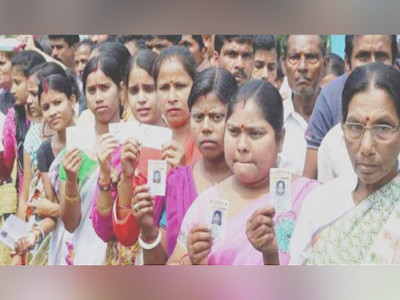
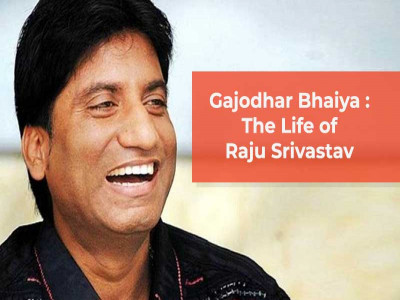

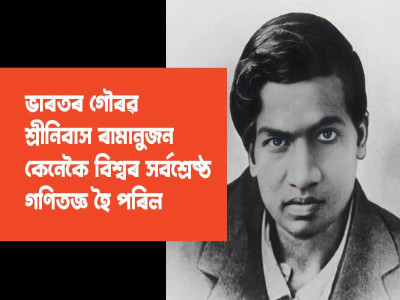
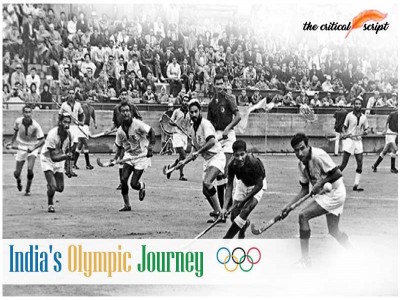









Related Comments